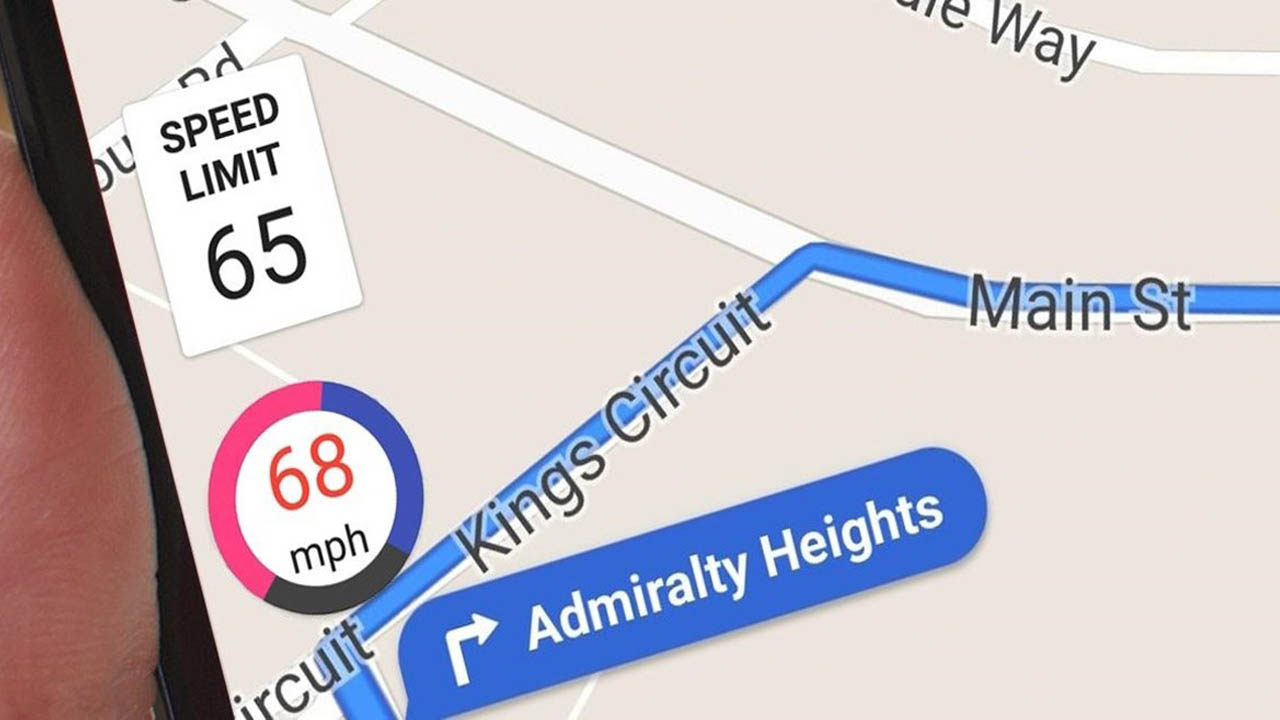Ethereum (ETH) and Ethereum 2.0 (ETH2) are two of the most popular blockchain networks in the world. Both networks are based on the same underlying technology, but there are some distinct differences between them. In this article, we will take a closer look at the two networks and compare their features.
Ethereum (ETH) is a decentralized platform that enables developers to build and deploy decentralized applications (dApps). It is powered by the Ethereum Virtual Machine (EVM) and its native cryptocurrency, Ether (ETH). Ethereum is used for various applications such as smart contracts, decentralized finance (DeFi), and non-fungible tokens (NFTs).
Ethereum 2.0 (ETH2) is an upgrade of the Ethereum network. It is designed to improve scalability, security, and efficiency. It is powered by a new consensus algorithm, called Proof of Stake (PoS). This algorithm allows users to stake their Ether (ETH) tokens in order to secure the network and earn rewards.
When comparing Ethereum (ETH) and Ethereum 2.0 (ETH2), one of the biggest differences is the consensus mechanism. Ethereum (ETH) uses a Proof of Work (PoW) consensus mechanism, which is more energy-intensive than PoS. This makes Ethereum (ETH) less efficient than ETH2.
Another difference between the two networks is the block time. Ethereum (ETH) has a block time of 15 seconds, while ETH2 has a block time of 5-15 seconds. This makes ETH2 much faster than ETH.
Finally, another difference between the two networks is the transaction fees. Ethereum (ETH) has higher transaction fees than ETH2. This is because Ethereum (ETH) is more popular and has more transactions occurring on it.
In conclusion, there are some distinct differences between Ethereum (ETH) and Ethereum 2.0 (ETH2). Ethereum (ETH) is more energy-intensive, has a longer block time, and has higher transaction fees. Ethereum 2.0 (ETH2) is more efficient, has a shorter block time, and has lower transaction fees. Both networks are popular and have their own advantages and disadvantages. Ultimately, it is up to the user to decide which network is right for them.






















